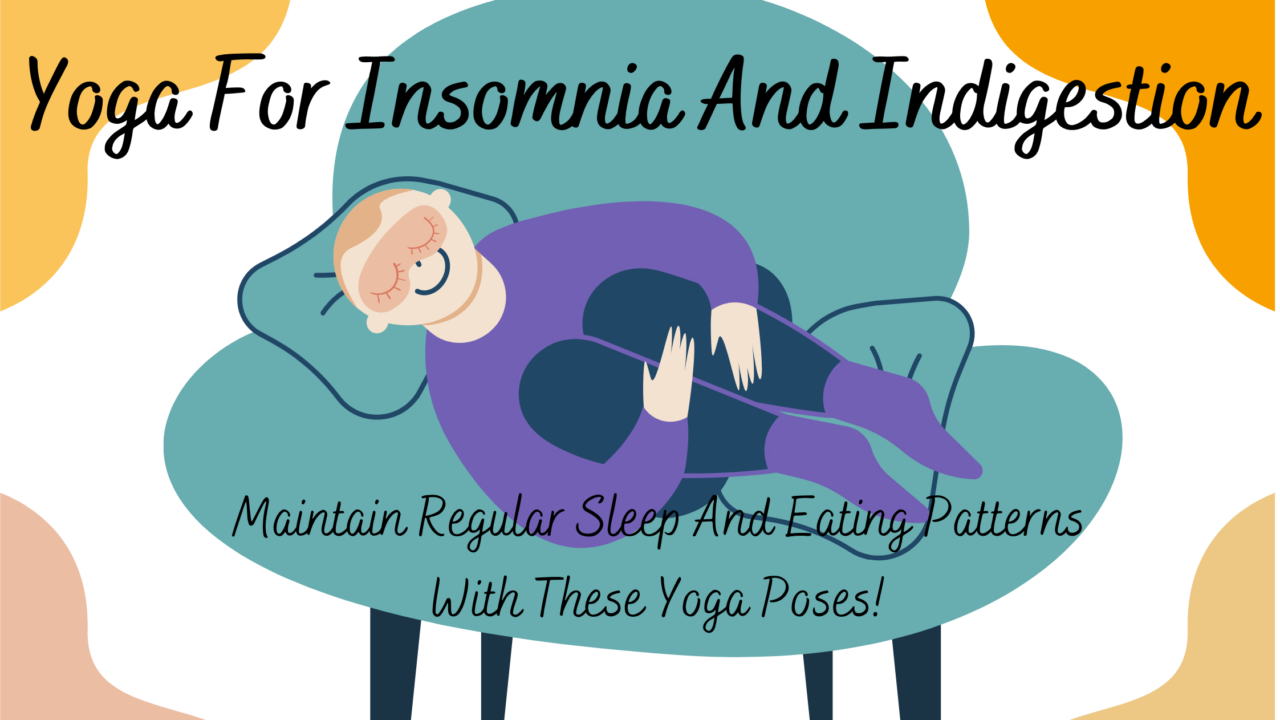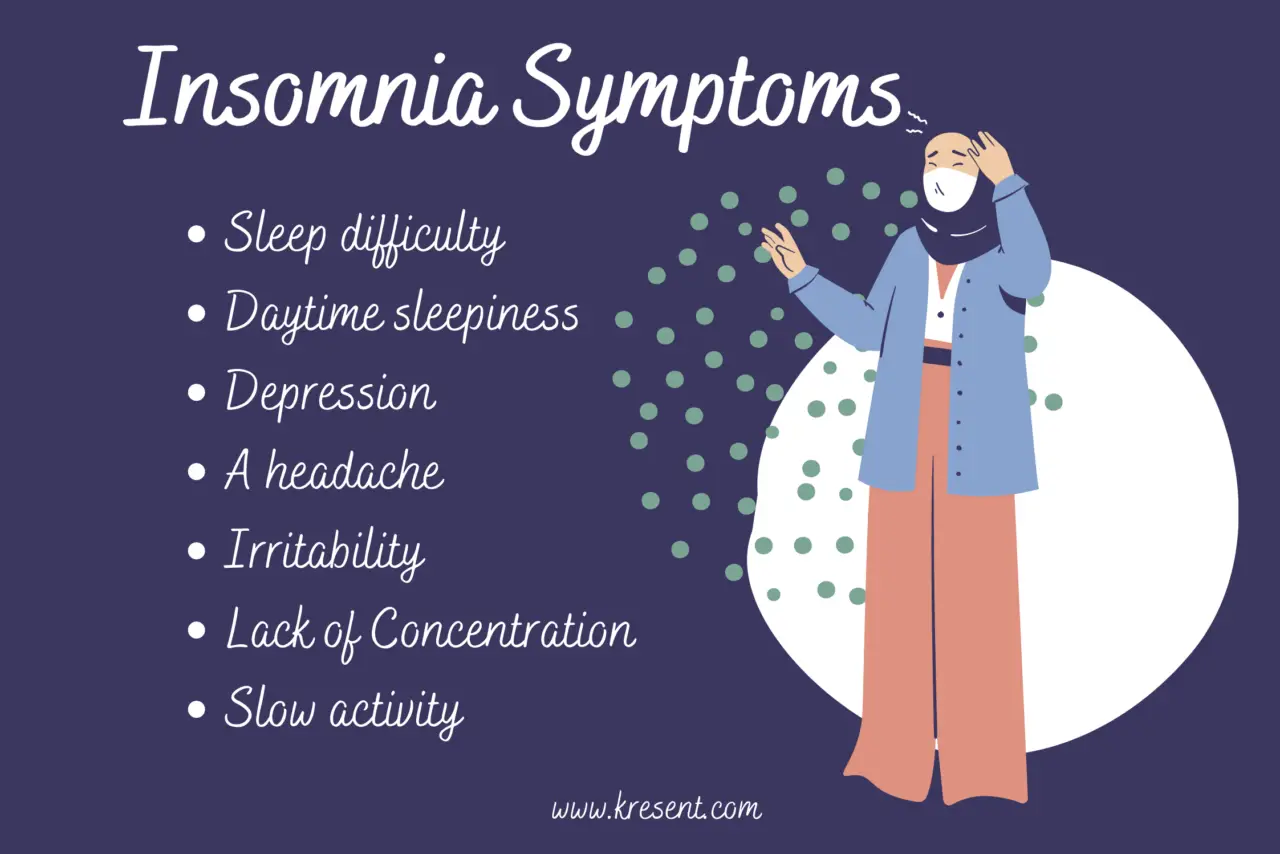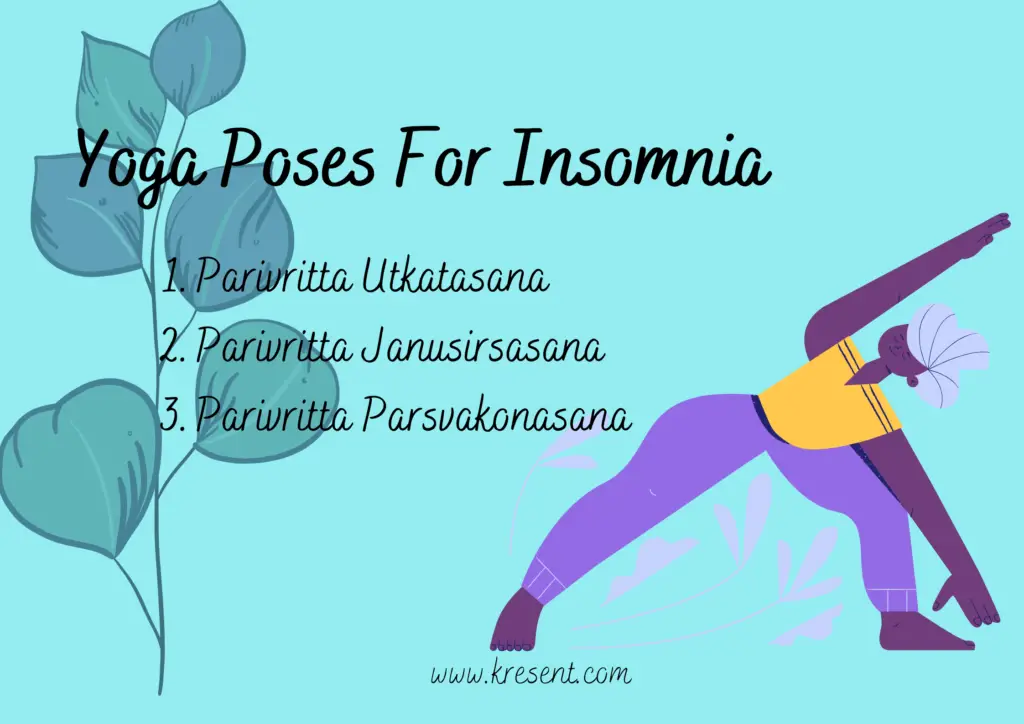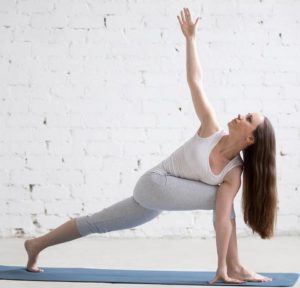Yoga For Insomnia And Indigestion – Yoga For Sleeplessness (Maintain Regular Sleep And Eating Patterns)
Jump To:
Yoga has many benefits, as everybody already knows. Regular yoga practice helps relieve your body from stress and relax muscles and more. Today’s irregular sleep and eating patterns are causing immense health damage. The following 3 yoga for insomnia or yoga for sleeplessness and many tips to come are going to help you fight your insomnia.
Before we start:
- Do a little restorative yoga and yoga nidra before bedtime; a 15-minute practice will help you ease those frayed nerves, also trataka (yogic gazing) may help reduce the insomnia severity.
- And some of the best tips on how to sleep through the night and which minerals and vitamins help with good sleep in detail. Check out the following sleep inducing foods that help you sleep like a baby.

Why Can’t I Sleep At Night?
That’s always not insomnia. Sometimes the natural hormone melatonin production can be the reason. Melatonin is produced in the dark to promote sleep. So, when the light is not switched off you might end up juggling in the bed. Check what’s yours before concluding.
Insomnia Symptoms:

- Sleep difficulty
- Daytime sleepiness
- Depression
- A headache
- Irritability
- Lack of Concentration
- Slow activity
Insomnia Causes:
Anxiety, stress, and depression cause insomnia and in turn, sleeplessness worsens them. Sometimes indigestion can also cause insomnia. There is certain yoga for stress and pranayama for stress which calms the mind and reduces stress to help reduce insomnia.
How To Cure Insomnia?
Insomnia can be cured with medication after the underlying reasons are found. But the underlying reasons are hard to find as they change from person to person and the intensity also may change.
Yoga for insomnia due to indigestion can be reduced with these 3 daily yoga for insomnia and indigestion.
Yoga For Insomnia And Indigestion | Yoga Poses For Better Sleep
These twisted yoga poses help improve digestion massage the muscles and relieve tension in there.

1. Parivritta Utkatasana (Twisted chair squat):
This pose activates your glutes, hip, and abdominal muscles, and releases pressure from the lower back.
Parivritta Utkatasana Steps:
- Start with tadasana, grounding the feet firmly. Contract the thigh muscles and lift the kneecaps, rolling the front part of the thighs slightly inward. Lengthen your tailbone toward the floor and lift the pubis toward the navel.
- Inhale; raise the arms to join the palms in a namaste position and keep them close to the chest.
- Exhale; bend the knees comfortably to 90 degrees, making sure they do not go beyond the ankle. Lengthen the tail towards the ground and tuck the belly in firmly. Squat down as low as you can, breathing deeply.
- Inhale; as you inhale, start to twist the torso towards the right and place the left elbow on the outside of the right thigh (or place the left palm on a block positioned close to the right foot). Turn to place the right arm on the lower back, for support.
- Stay in this position for 5 breaths.
Release the position with inhalation; lift up and release the pose. Repeat the same on the left side.
2. Parivritta Janusirsasana (Twisted forward bend):
This pose releases fatigue, insomnia, and headache.
Parivritta Janusirsasana Steps:
- Sit on the floor with legs stretched wideout, in front comfortably as far as you can.
- Try and open the legs a little wider; Place the palms behind a few inches away from the hips. Lean the torso slightly back onto your palms and lift the hips up; slide forward, if possible. (Place a bolster or a blanket and under the hips, if you are uncomfortable. Do not pressurize.)
- Now bend the right knee and place it close to the left inner thighs, ankle touching the groin.
- Inhale; lift the arms up parallel to each other.
- Exhale; twist the torso gently towards the right knee. Place the left palm on the right thigh and the right arm stretching up and bending towards the left leg.
- Hold the pose breathing deeply for 10 breaths; release. Repeat on the left side.
3. Parivritta Parsvakonasana (Twisted bent-knee triangle pose):
This pose releases tension from the thighs, hips, and groin.

Parivritta Parsvakonasana Steps:
- Start with tadasana, grounding the feet firmly. Contract the thigh muscles and lift the kneecaps, rolling the front part of the thighs slightly inward. Lengthen your tailbone toward the floor and lift the pubis toward the navel.
- Inhale; raise the arms and as you exhale, bend the knees, hinge forward from the hips, and place the palms beside the feet.
- Inhale; step the left leg back, placing the knee on the floor. If you are uncomfortable on the knee, place a cushion under it. Make sure the toes touch the floor. You should feel comfortable in the left front thigh and groin. Keep the right foot forward between your hands and align the right knee over the heel.
- Exhale; raise the torso and place the palms on the waist to support the lower back. Maintain the extension of the spine and tuck the tailbone down towards the floor and pubic bone in, towards the navel. Contract the shoulder blades in towards each other and lift the chest up.
- Inhale; raise the arms up, towards the ceiling. As you exhale, twist the torso to the right and place the left palm close to the right foot, and raise the right arm up towards the ceiling, twisting the torso from the shoulders and the upper back. If you want to challenge yourself, curl the toes of the right foot, and as you inhale, lift the left knee off the floor. Keeping the back leg well engaged.
- Hold the pose, breathing deeply for 10 breaths; release by placing the palms back on the floor. Repeating on the left.
Take Away:
Insomnia may be caused due to various reasons and there are always interrelated effects of insomnia. It can’t be handled from only one referred point. An overall healthy lifestyle, and a stress-free and happy body need to be developed.
This 3 daily yoga for insomnia and indigestion can help you relieve stress and make your body feel at ease for its functionalities such as digestion, and irregular eating patterns, and help reduce insomnia.
FAQs
What are the main causes of insomnia?
Common causes of insomnia include stress, an irregular sleep schedule, poor sleeping habits, mental health disorders like anxiety and depression, physical illnesses and pain, medications, neurological problems, and specific sleep disorders.
Is it normal if you can’t sleep?
Chronic insomnia is usually tied to an underlying mental or physical issue. Anxiety, stress, and depression are some of the most common causes of chronic insomnia.
What are the dangers of insomnia?
Regular poor sleep puts you at risk for some serious medical conditions, including obesity, heart disease, and diabetes.
Is insomnia caused by depression?
One of the common signs of depression is insomnia or an inability to fall and stay asleep. That’s not to say insomnia or other sleep problems are caused only by depression.
Is insomnia a mental illness?
Insomnia is rarely an isolated medical or mental illness but rather a symptom of another illness to be investigated by a person and their medical doctors.
Can insomnia be cured by yoga?
Studies found that a regular yoga practice improved sleep efficiency, total sleep time, and how quickly participants fell asleep, among other improvements for those living with insomnia.